Throughout the upcoming weekend in Las Vegas, the on-track sessions will begin nearly six hours after sunset each day.
In the case of qualifying, set for a 00:00 Saturday morning local time start, it will be seven-and-a-half hours between sunset and the action beginning.
Now, if you consider other night races on the calendar, such as in Abu Dhabi or Singapore, the sessions start a couple of hours after sunset - meaning the track has not had the chance to cool, meaning generating heat in the tyres is easier.
Coupled with the long straights that cool the tyres, it is a challenge never before faced in Grand Prix racing.
Viewed by others:
What is the Las Vegas Grand Prix temperature
"It is a step into the unknown, for everybody I believe," Pirelli's Head of Motorsport Mario Isola explained to media including RacingNews365.
"Las Vegas will be cold, it’s a street circuit, so we were working with the teams and we asked them for simulations in advance to try to understand how much energy the layout of the circuit is putting on tyres.
"We had information from the companies that are making the tarmac in order to understand how abrasive the tarmac is and what is the level of grip we can expect.
"I can imagine a lot of track evolution and very low grip – so the drivers will complain. We will manage also this situation. But it’s a big unknown. Fast track, long straights, high speed and all conditions that are quite difficult to manage."
The cold temperatures found in the desert in the middle of the night will mean that retaining heat in the tyres will be tricky.
Any Virtual or full Safety Cars will make restarts a handful as would red flag periods, with the undercut strategy unviable owing to a driver struggling for heat in the tyres on their out-lap, with the overcut the preferable strategy.
Most read
In this article
F1 2023 Las Vegas Grand Prix RN365 News dossier
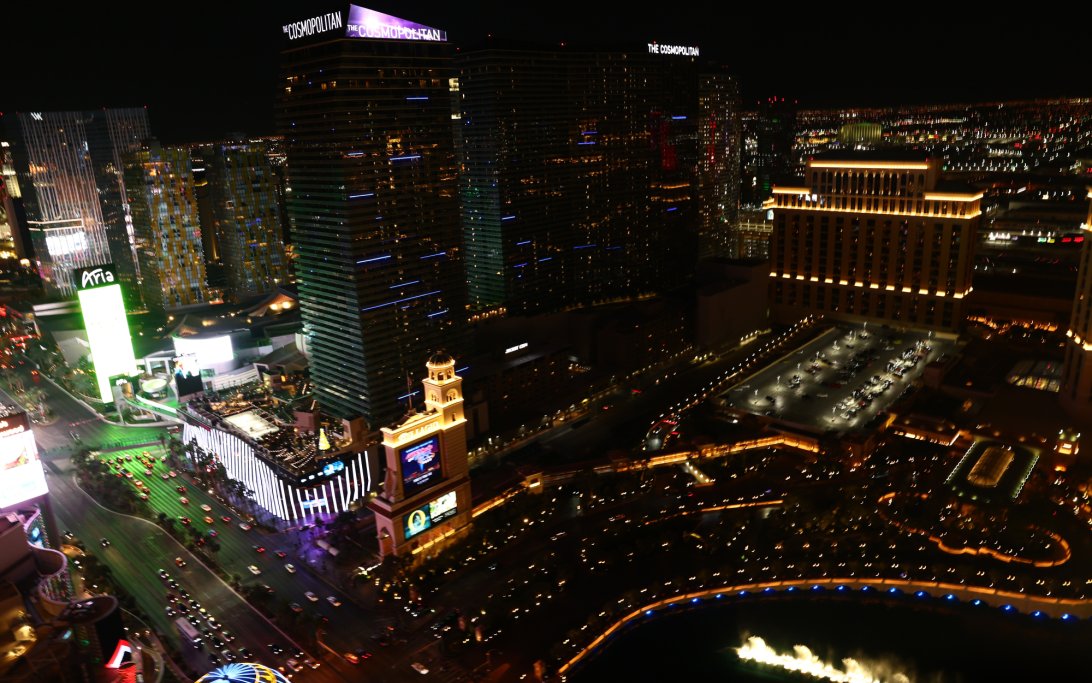
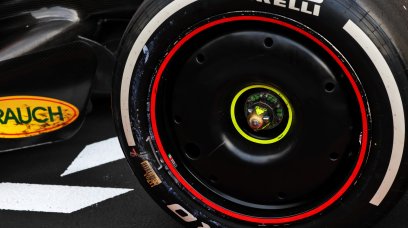
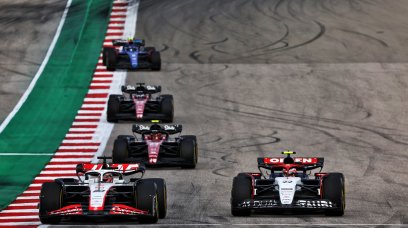

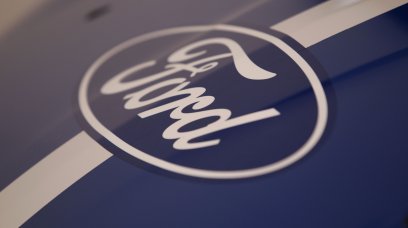

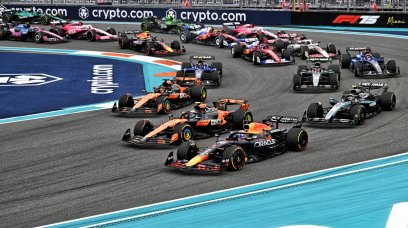
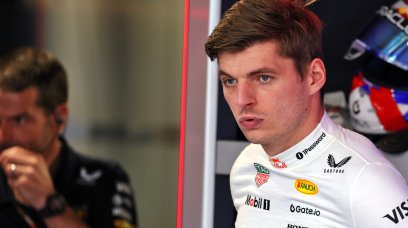


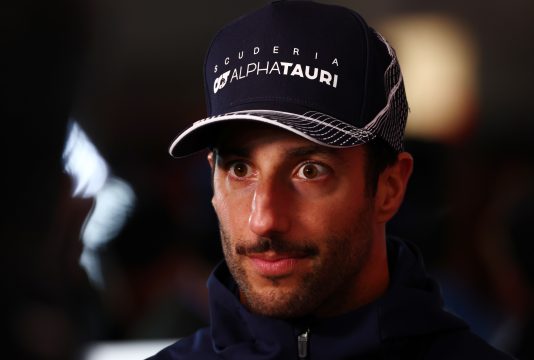
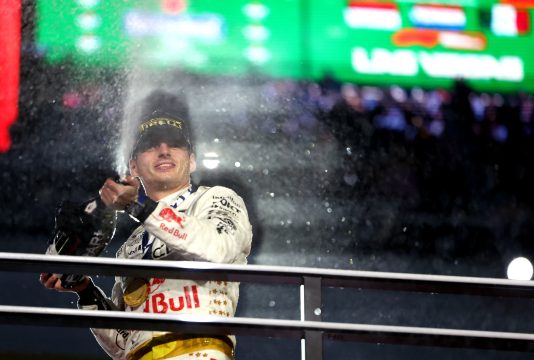
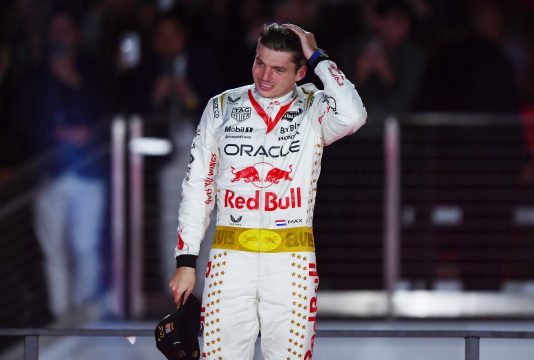
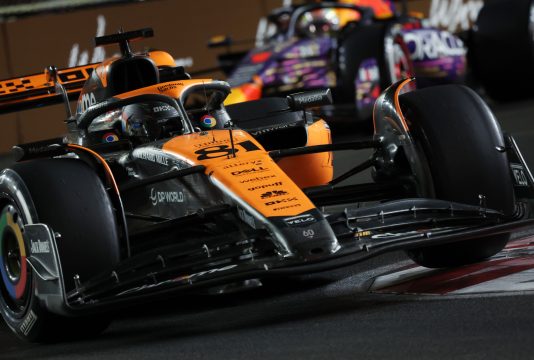
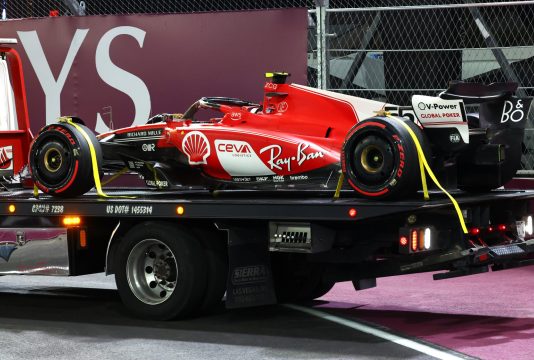
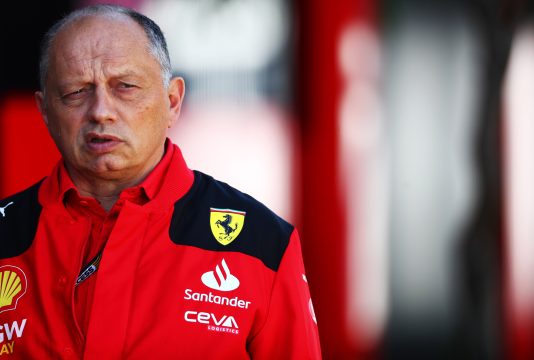
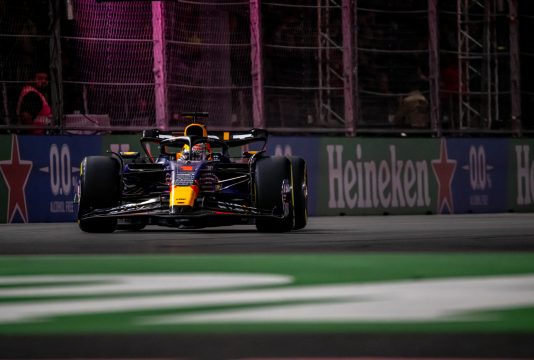

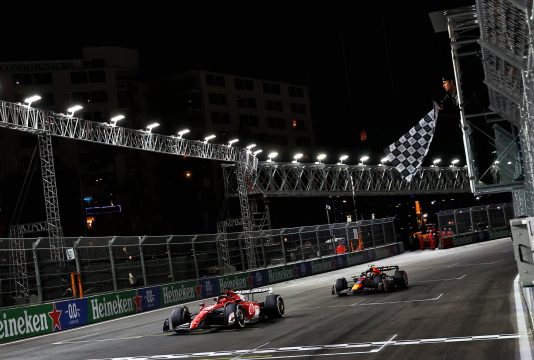
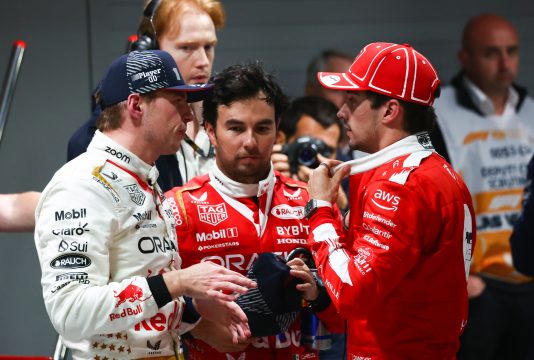
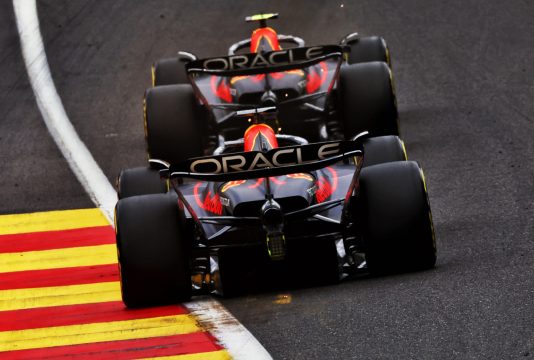
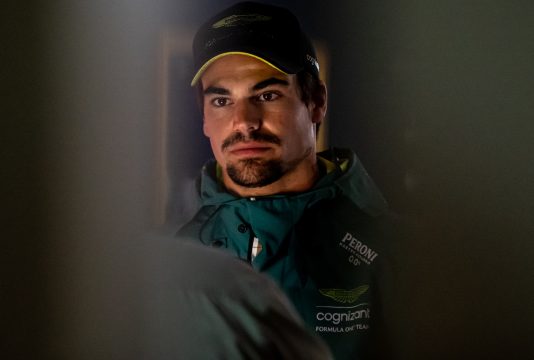
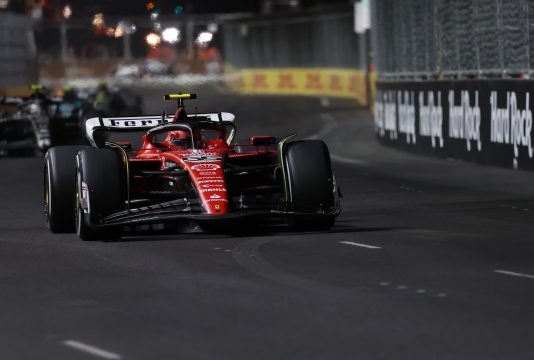
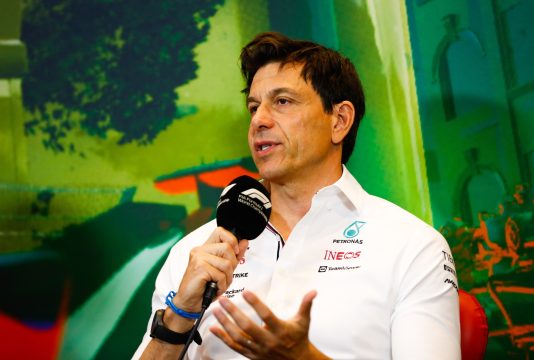















Join the conversation!